
Today’s Homeowner Radio Podcast | December 10, 2022
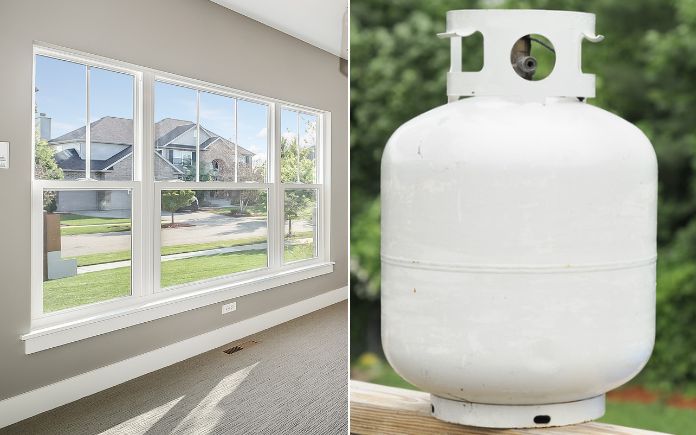
Note: Audio from the latest episode of “The Today’s Homeowner Radio Show” is available Sundays after 4 p.m. CST.
Hour 1
Hear how to install laminate flooring around a door jamb, repair cracks in plaster and more.
Installing Laminate Flooring Around Door Jambs
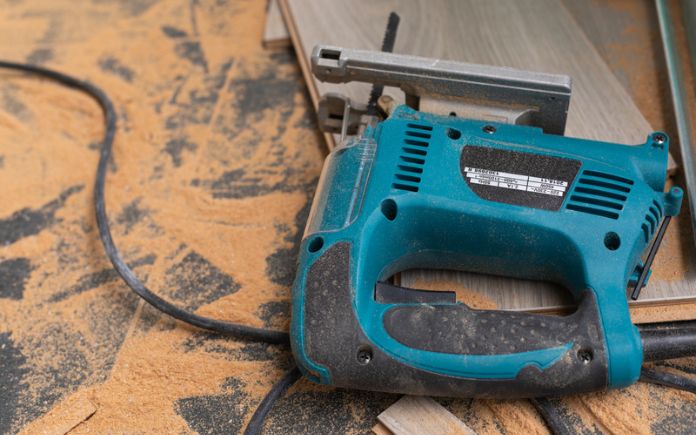
A homeowner asks: “How do you cut laminate flooring to fit neatly around door jambs in a cased opening between two rooms?”
Here’s the thing: Most of the time, you’re not cutting the flooring; you’re actually cutting the bottom of the jamb where it hits the floor.
A tool called a jamb saw is perfect for doing this. It’s like a circular saw, but the blade is turned 90 degrees so you can easily slide it into the jamb. You can rent one of these from a home center.
If you don’t want to rent a jamb saw, you can take a scrap piece of the flooring and put it on the subfloor against the jamb to get its exact height. If there’s any type of underlayment that goes under the laminate flooring, put that under it as well.
Then, use a reciprocating saw or a hand saw to cut a little bit off of the jamb so the flooring can slip under it. The thickness of the blade should leave enough room for the laminate flooring to expand and contract.
Watch: How to Install Laminate Flooring
Fixing Cracks in a Plaster Wall
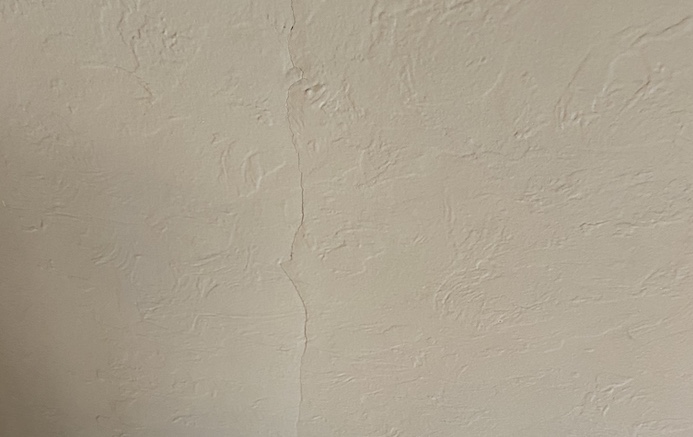
“What’s the best way to repair this old plaster wall?
Working with plaster is a little like working with drywall, but the final finish can be tricky to match.
The first thing you need to do is scrape out the crack using the pointed tip of a can opener. What you’re doing is widening that crack into a v-shaped opening to hold more plaster compound. Make it at least a quarter-inch wide.
Then, vacuum the dust out of the crack and clean the surface around it with a damp towel to remove any dust.
Then, you use joint compound or patching plaster to fill in the crack.
Once the crack is patched, prime and paint it to match the rest of the wall. With any paint repair, don’t just paint the repair area. Spread the paint out at least a couple of feet in each direction.
Watch: How to Repair Cracks in Plaster Walls
Hour 2
Hear a caller’s Simple Solution suggestion: how to replace two small windows with a large one, and more.
Simple Solution Suggestion
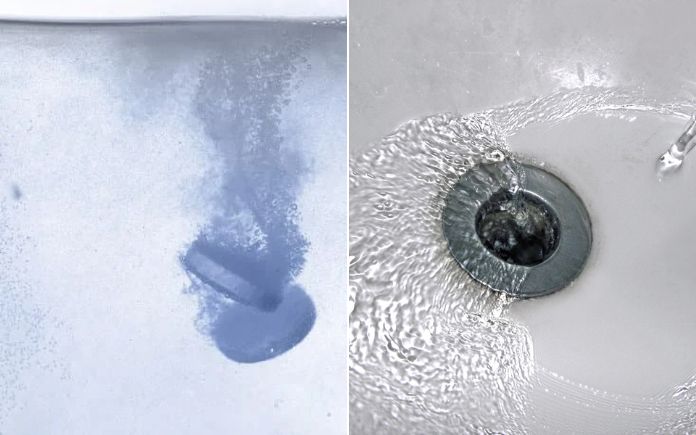
Diane McClaskey in Missouri has a Simple Solution suggestion for cleaning a sink drain.
After removing the pop-up stopper, add six to eight denture cleaning tablets to the drain, and add just a little water. Wait to let the cleaning begin, and add a little water as needed until clean.
The effervescent action will help to break up any dirt or grime and leave your sink sparkling clean!
So why would this work? The main ingredient in denture cleaning tablets is sodium bicarbonate, commonly known as baking soda.
This works similarly to our Easy Way to Clean and Deodorize Your Sink Simple Solution.
Replacing Two Small Windows with a Large One

A caller wants to replace two small windows with a larger one in her living. There’s a six-inch wall in between the windows, and she was told she needed to put in a header.
“I don’t know how to do this. Can you explain please?” she asks.
When you take a window out, you need to replace it with something to fill that void. A header basically is a 2-by-4 to a 2-by-12. A header spans horizontally above the window to support its weight. This prevents the ceiling joists, roof rafters, and anything above that might be bearing down on the window from sagging.
However, it’s a very tricky project. First, you have to access that area, and that’s done by cutting the drywall or plaster away from the inside above the upper part of the window opening so you’ll have room to cut out whatever’s there and put in the new beam.
Unless you’re very good at carpentry work, I suggest calling a professional to do this. The last thing you want is any sagging on the window down the road.
A professional can also ensure the new window is sealed properly to avoid drafts and energy loss.
Call your local home builder’s association and ask for their recommendations.
Can Cold Temps Damage a Propane Tank?
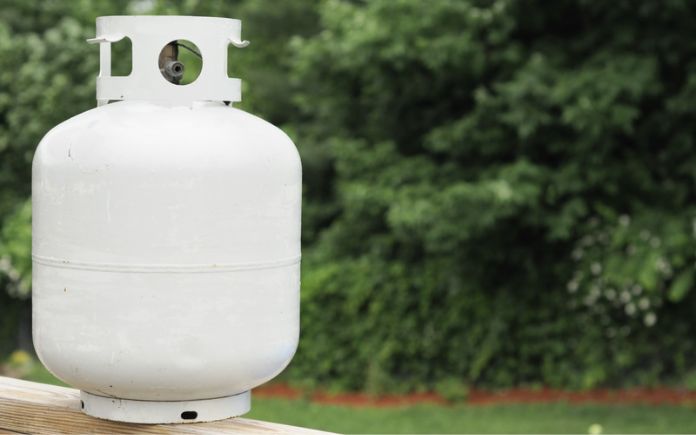
A caller says: “I have a backup propane tank that I store in my garage. It’s been there for over a year. I can’t get my grill to start with it. Does storing the tank for that long in a cold garage damage it?”
In order to keep propane in a liquid state, it has to be stored under pressure. Cold temperatures can cause the liquid propane to condense, which can then decrease the pressure inside the tank.
This can eventually lead to the pressure in the propane tank reaching a point where it is too low to effectively light a grill or other appliances.
Bring it inside and let it warm up and check the level of gas. When in doubt, take it to get it refilled.
In the future, to keep the pressure higher, keep the tank at least 30 percent full at all times, and use a small insulated frame shelter to protect the tank from colder temperatures.
Best New Products
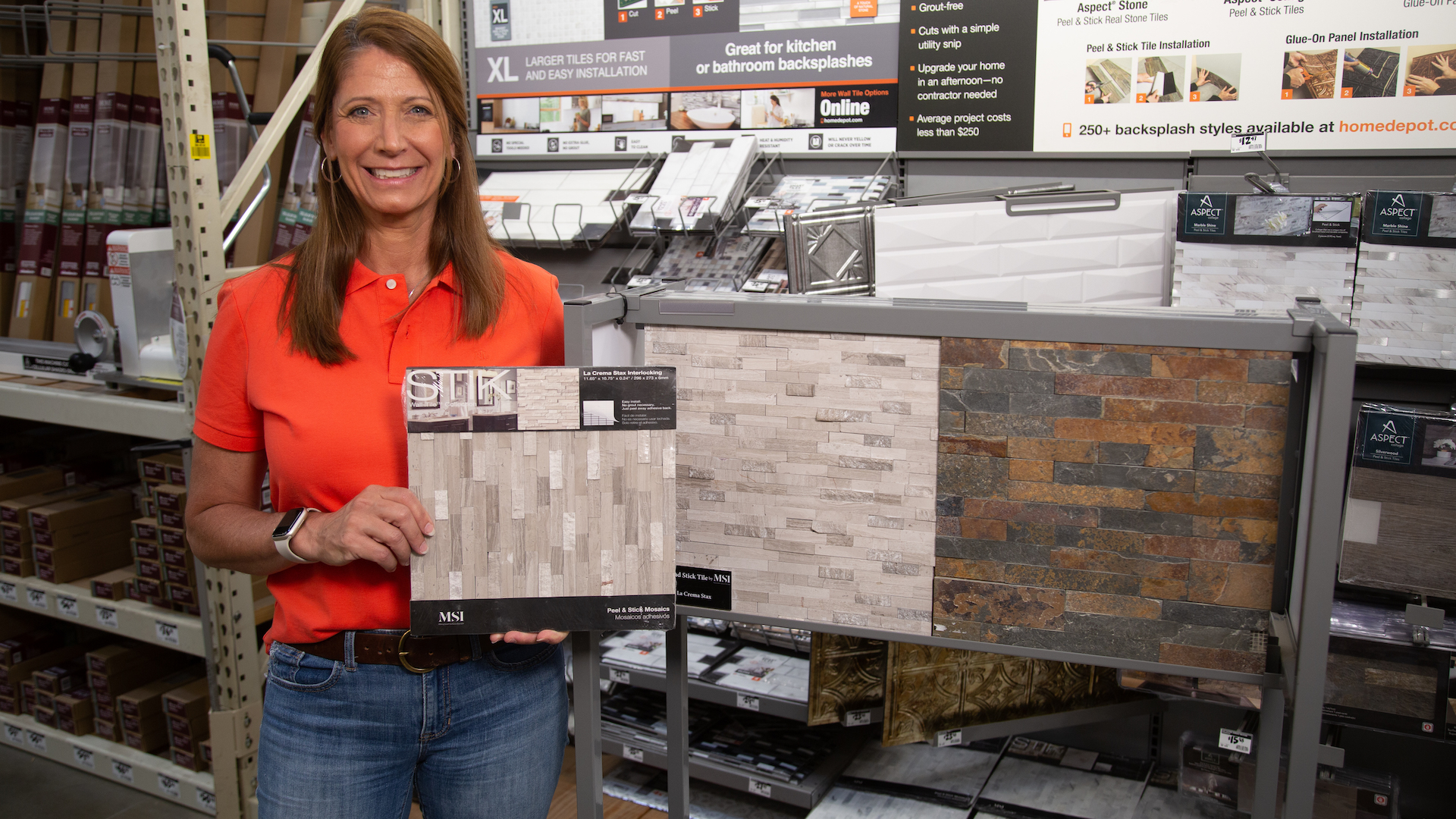 |
MSI’s new peel-and-stick backsplash gives you the look of real tile without all the hassle of a traditional thin-set application. Learn more >> |
Simple Solutions
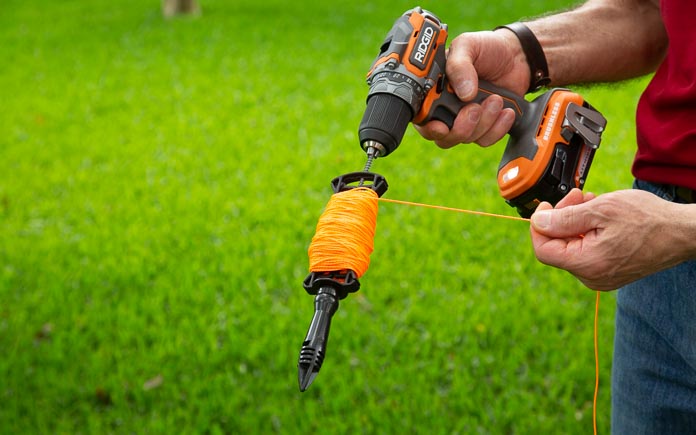
Fast and Neat Way to Wind String onto a Spool — A spool of nylon string can be used for many things — general crafting, fishing and hunting, and laying mason lines.
The string is easy to unwind off the spool, but it’s not as easy to get back on after you’ve used it. Winding it by hand back onto the spool can lead to tangles and uneven distribution. And eventually, you’ve got an unusable mess that you have to cut up. Here’s a much better, and faster, solution:
- Take a screw and drive it through the end of the plastic housing that the spool is on. Then, chuck it into a drill.
- Turn on the drill to the lowest setting, and just like that, you can now use the power of the drill to put the line back on the spool.
It only takes a few seconds to wind the nylon string back onto the spool! As you’re winding up the nylon string, slowly move it back and forth along the spool. This way, you don’t overload one side or the other, and the string winds up neatly every time.
Watch: The Fast (and Neat!) Way to Wrap String Around a Spool

Inexpensive Alternative to Commercial Grout Cleaners — If you have tile in your home, chances are you’ve spent some time cleaning grout. While there are several grout cleaning products on the market, you might have something in your home right now that works just as well — toilet bowl cleaner.
Regular old toilet bowl cleaner that comes in a squeeze bottle can clean grout! Toilet bowl cleaner contains bleach, so it will not only lighten grout stains, but it will also kill any mold or mildew.
Plus, toilet bowl cleaner is cheaper than grout cleaner.
Watch: Toilet Bowl Cleaner: The Inexpensive Alternative for Cleaning Grout
Products and Links Mentioned
This page contains affiliate links. If you purchase a product from these links, we will earn a small commission at no additional cost to you.
Further Reading
Radio Show & Podcast: Send us your question!
If you have a comment, general question about home improvement, or something we’ve featured on Today’s Homeowner, please fill in this form:
